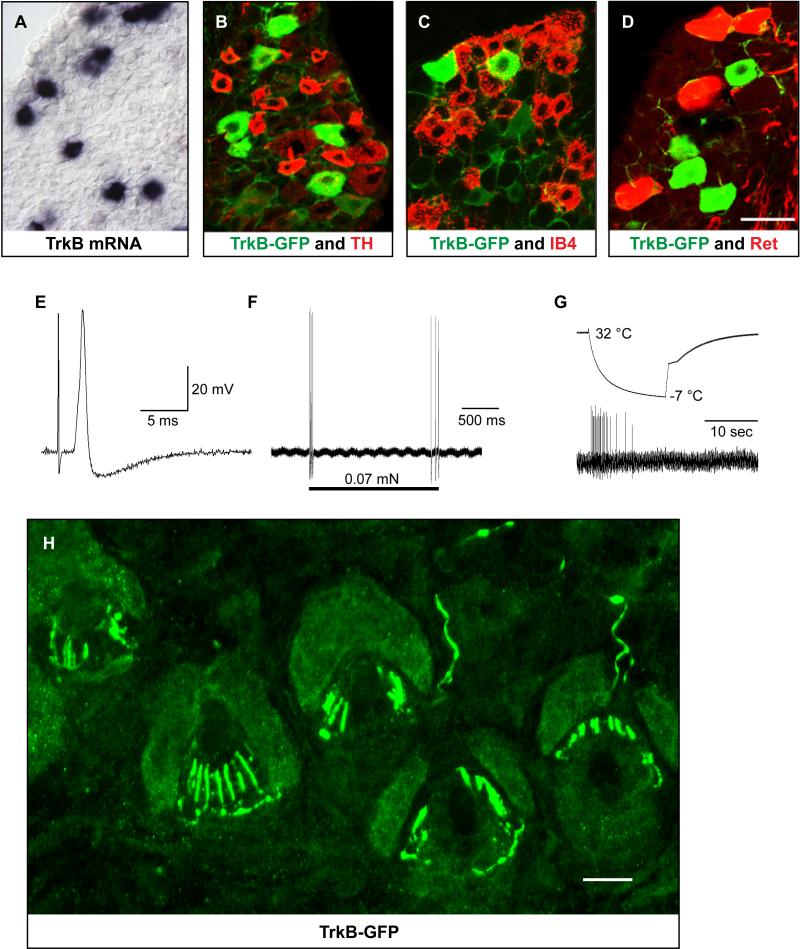Figure 2. The TrkB+ adult DRG neurons are Aδ-LTMRs and form longitudinal lanceolate endings associated with zigzag and awl/auchene hair follicles.
(A) In situ hybridization for TrkB mRNA using adult thoracic DRG sections shows that TrkB is expressed in a subset of medium-diameter DRG neurons.
(B-D) Double staining of GFP and TH (B) or GFP and IB4 (C) on thoracic DRG sections from TrkBtauEGFP mice shows that TrkB+ DRG neurons are distinct from TH+ C-LTMRs and IB4+ nonpeptidergic nociceptors. Double immunostaining of GFP and dsRed on thoracic DRG sections from RetCreERT2; Rosa26LSL-tdTomato; TrkBtauEGFP mice (D) shows that TrkB+ neurons are distinct from early Ret+ Aβ RA-LTMRs.
(E-G) The ex vivo skin-nerve preparation was used to assess mechanically evoked responses and physiological properties of individual TrkBtauEGFP+ neurons. The TrkBtauEGFP+ neurons exhibit exquisite sensitivity and rapid adaptation to mechanical stimulation (von Frey threshold < 0.07 mN) (E and F) and an average conduction velocity of 5.8 ± 0.9 m/s (n = 19). These neurons also responded to cooling but not warming of the skin (G). The average receptive field size of these neurons is 2 × 2 mm2. Nineteen neurons from 7 different animals were recorded and each displayed physiological properties that are characteristic of D-hair cells, or Aδ-LTMRs. (H) Anti-GFP immunostaining of a section of back hairy skin from TrkBtauEGFP mice shows that the GFP+ neurons form longitudinal lanceolate endings (n=20). 77% of the GFP+ lanceolate endings associate with zigzag hair follicles while the remaining 23% associate with awl/auchene hair follicles (n=50 hair follicles examined).
Scale bars: 20 μm.

